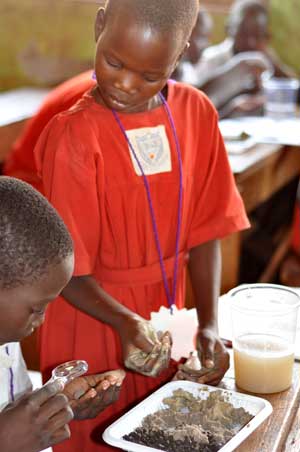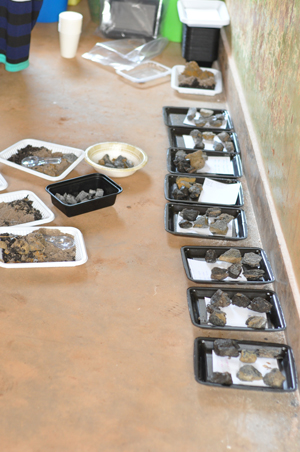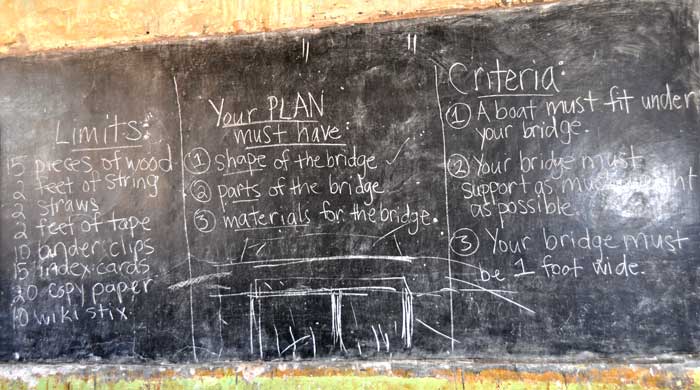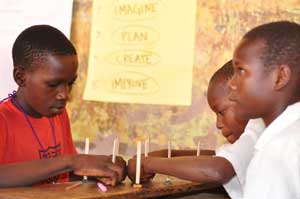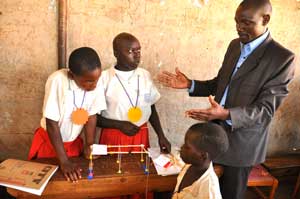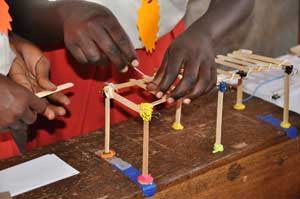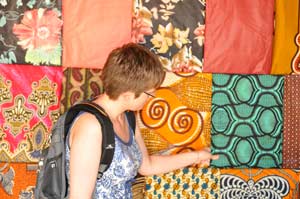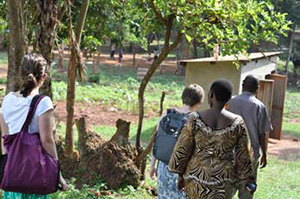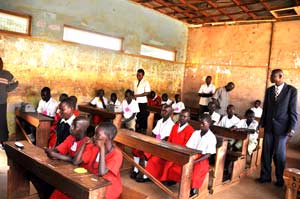Holiday Training – January 2015
I arrived in Gulu on a Saturday afternoon, not sure what to expect from the next two weeks. As a volunteer with the Oysters & Pearls holiday training program, I knew about the class materials and basic program setup. As I quickly learned however, there was much more to the program than just the teaching.
Joining Sandra and the instructors, I spent the weekend assisting with logistics — the little details that I had never considered, but had to be completed. Where were all the plates for the dining hall? Could we borrow mattresses for students that didn’t bring their own? Why was the electricity off in the classrooms? These and a hundred other small-but-crucial tasks had to be settled, even as students started arriving on Sunday afternoon.
Classes began immediately on Monday, and continued through the week. Sighted students were sorted into one of three classes — Engineering for the Future, Introduction to Robotics, or Advanced Robotics. As the classes delved into new materials and lessons, I watched the projects grow increasingly complex. Since I constantly moved from room to room, I saw the classes develop in snapshots. What started on day one as a collection of wires and boards became a functioning light display, then a
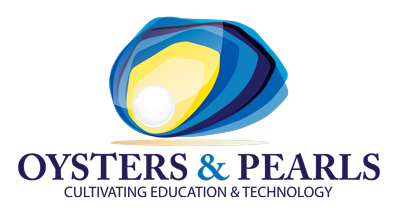
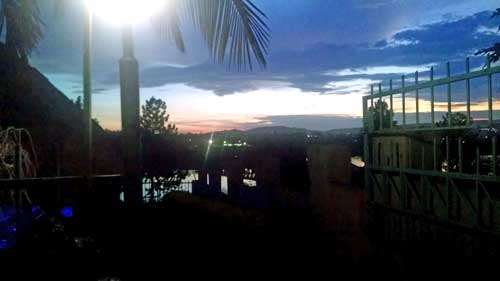
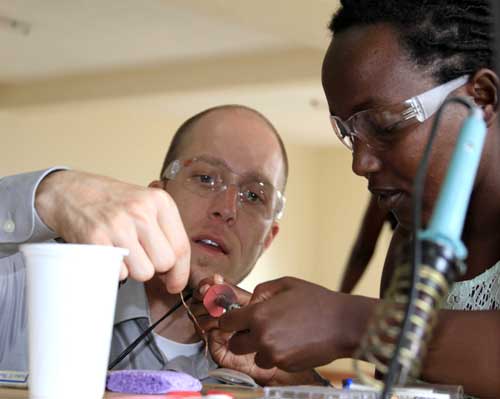
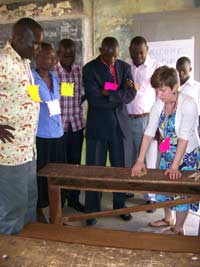 Erin and I excitedly geared up for our trip. Our goal was to bring minimal amounts of material, and plan with the teachers how to locally source as many materials
Erin and I excitedly geared up for our trip. Our goal was to bring minimal amounts of material, and plan with the teachers how to locally source as many materials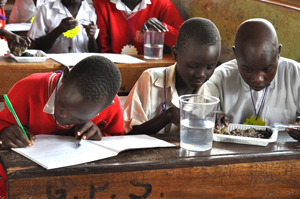
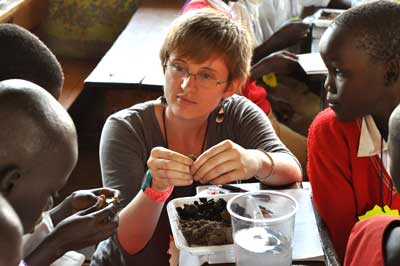
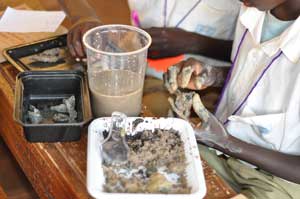 Wall construction began in earnest outdoors with everyone getting down and dirty in the lower field. The walls were transported to the Director of Studies office for overnight drying. Friday, the students will test to failure, and a very large crowd is expected to observe.
Wall construction began in earnest outdoors with everyone getting down and dirty in the lower field. The walls were transported to the Director of Studies office for overnight drying. Friday, the students will test to failure, and a very large crowd is expected to observe.